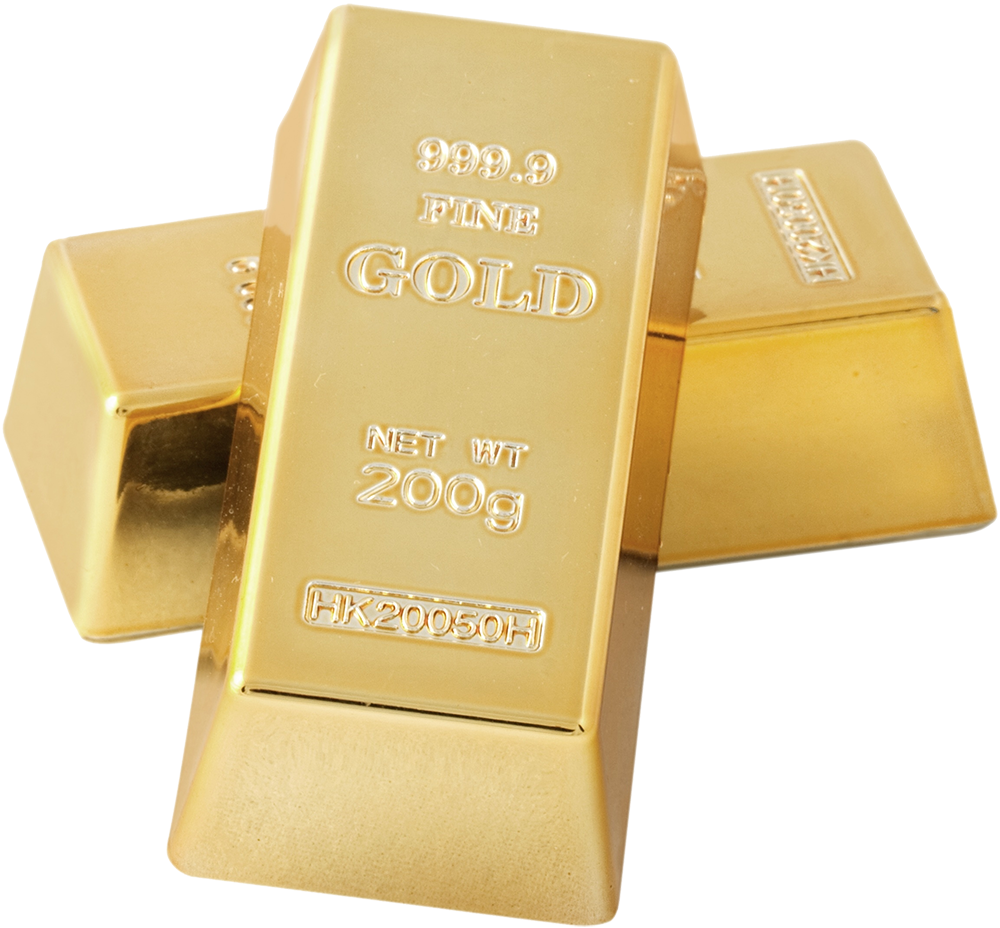“Good as gold.” “Worth their weight in gold.”
Gold has always been valuable, long before our Bucks County cash for gold service was even an idea. It’s mentioned in the Bible, began and ended wars and inspired everything from Charlie Chaplin to the creators of HBO’s Deadwood.
But how did it get that way? In this blog post, we’ll look at the history of this precious metal.
Gold in ancient times
It’s not exactly clear when people began to see gold as a commodity. It’s mentioned in several historic texts and flakes of gold have turned up in caves that date back to 40,000 BCE.
The first solid evidence of humans treating gold as something of value comes from ancient Egypt. Gold was prized by their priests and pharaohs – who used it to make the capstones for the Pyramids of Giza – and part of their mythology.
The Egyptians also used gold to create the first currency exchange ratio, with one piece of gold equally two and a half pieces of silver. This is actually two firsts, as it began the long-time trend of valuing gold over silver.
But that doesn’t mean the Egyptians used gold for bartering. The first civilization to do that was the Kingdom of Lydia, in what is now Turkey.
Gold was also used as currency in ancient Greece, although the tradition of giving gold medals at the Olympics is something that only began with the modern games.
There’s one thread tying all these civilizations together: gold was a symbol of status. Those who had it – in Egypt, Greece, the Middle Ages, all the way up to today – tended to be in power.
The Gold Standard
Perhaps the most important event in the modern history of gold happened in 1792, when the U.S. adopted the gold and silver standard with the Mint and Coinage Act, creating a fixed price for gold in U.S. dollars.
Gold and silver coins – as well as the silver Spanish coin known as the Real – became legal tender in the U.S. In 1861, the Treasury Secretary Salmon P. Chase printed the nation’s first paper currency. The Gold Standard Act in 1900 mandated that gold was the only metal suitable for redeeming paper money.
Gold also caused the nation to expand. Take the California gold rush of the 1840s. Prior to 1848, maybe 1,000 people lived in San Francisco. Two years later, that number had ballooned to 25,000 as people headed west – or crossed the ocean from the east – to look for gold.
However, the gold standard wouldn’t last the century. In 1944, the Bretton Woods Agreement set the exchange value for all currencies in terms of gold. The U.S. held most of the world’s gold, meaning that other nation’s set the value of their currency according to the U.S. dollar rather than gold.
This isn’t to say gold doesn’t remain valuable. Whenever the economy struggles – either due to recession or inflation – investors seek out gold to protect their wealth.
And that’s what we regularly tell our Bucks County cash for gold customers: think of it as a way to insure your wealth, rather than enhancing it.
Bucks County cash for gold experts
If you’re looking to sell your gold, it’s important to have a trustworthy expert evaluate your pieces before the sale.
The Bucks County cash for gold experts at Doylestown Gold Exchange have spent the better part of three decades honing a reputation as a reliable buyer and seller of gold and other precious metals. Call us today or visit us in person and we’ll get to work on ensuring you get the best value for your gold.


